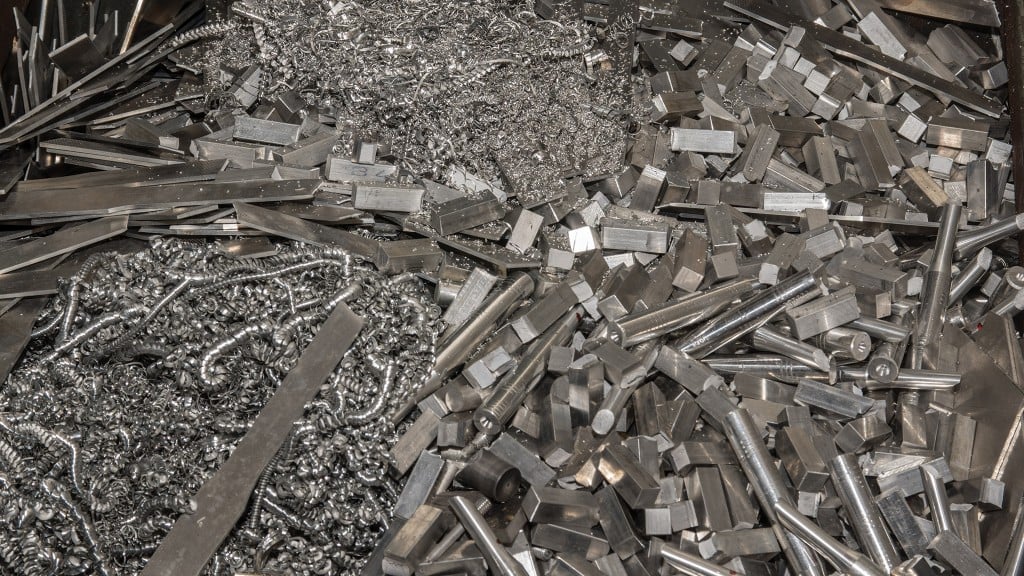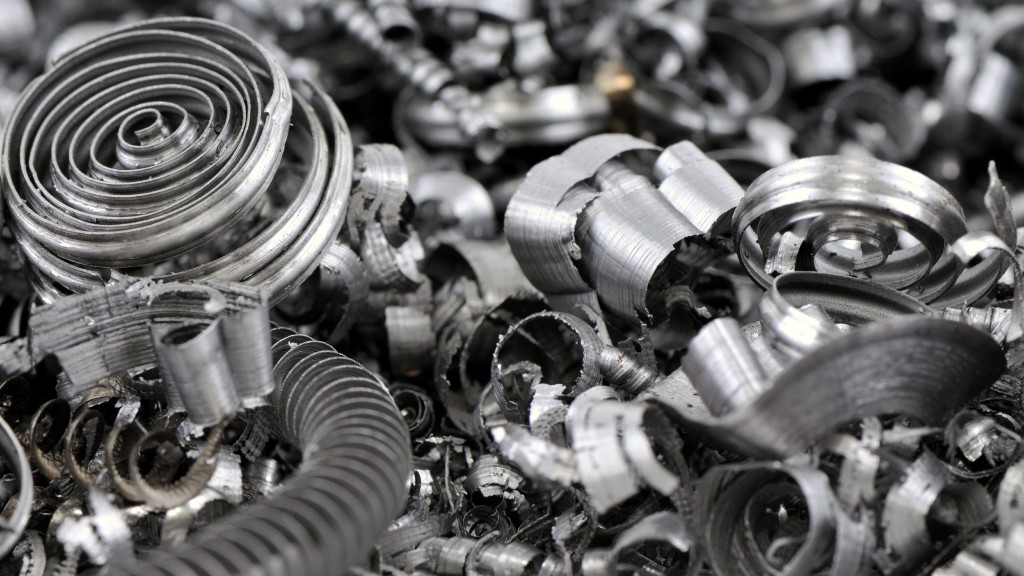A look at the trends that will impact the primary and secondary aluminum markets in 2023 and beyond

Demand for aluminum in the U.S. is expected to grow by 0.5 to 2 percent in 2023, largely unchanged from the previous year as mills and scrap processors remain wary of inventory due to an anticipated change in scrap consumption patterns.
Since January 2023, recycled LME aluminum material prices have witnessed a 20 percent swing, finding a floor at $2,150 to 2,200/mt (metric tons). These prices are expected to average around $2,300 to 2,600/mt during the year. However, in the short term, prices could spike to $3,000 to 3,200/mt before settling down to the average levels. But what has led to this outlook?
In 2022, an energy crisis in the EU, Russia's invasion of Ukraine, and China's COVID-19 lockdowns were just some of the factors that impacted the primary and secondary aluminum markets. Last year, global primary aluminum production climbed by 2 percent to 68.4 million mt, mostly led by increases in Asia, according to the International Aluminium Institute (IAI). Smelter shutdowns across Europe were reflected in the 12 percent decline in primary output to 2.9 million mt. In North America, production dropped by 4 percent to 3.7 million mt while Russia's output declined by 1 percent.
Aluminum companies in the EU mothballed 1 to 1.3 million mt or 25 to 30 percent of the approximately 4.5 million mt primary aluminum capacity in the region due to the energy crisis. Companies in the U.S. also curtailed more than 500,000 mt per year in capacities.
This provided an opportunity for the secondary aluminum market. In the U.S., secondary production increased by more than 10 percent annually and constituted about 78 percent of the total production in 2022, the latest U.S. Geological Survey (USGS) data indicated.
However, the secondary aluminum and scrap market will likely bear the brunt of weak demand this year as the market grapples with many uncertainties.
Macroeconomic outlook
Uncertainties over an economic slowdown and its extent have also kept the market guessing. However, according to a recent World Economic Outlook by the International Monetary Fund (IMF), global economic growth has been revised to 2.9 percent for 2023 from 2.7 percent earlier. The U.S. slowdown is also not expected to be as severe.
The Federal Reserve has not shown any signs of lowering interest rates despite encouraging trends that reflect a deceleration in inflation along with improved employment. Demand for consumer durables, housing, and automotive is expected to trend flat in 2023 due to the high interest rate regime. Thus, the risk of a demand downside is higher, and markets anticipate a decline without support from credit.
Aluminum demand uncertainty
Transportation accounts for 35 percent of total aluminum consumption in the U.S., with automotive constituting the lion's share. According to the latest analysis released by Moody's Analytics, 9.3 percent of loans have been more than 30 days late in payment for the first time since 2010.
Loan defaults in automotive can be a significant deterrent to new car production. Scrap availability is also likely to increase, and that, along with declining demand, could have catastrophic effects on secondary scrap prices - both alloy and non-alloy grades.
Demand in the aluminum packaging segment, which constitutes 23 percent of the U.S. aluminum consumption and is dominated by aluminum beverage cans, is expected to be flat in 2023, which could impact the grade's supply-demand dynamics. Still, the national implementation of bottle bills could potentially improve recycling rates. Aluminum demand is also expected to remain tepid in the U.S. housing market, which comprises around 16 percent of the country's total aluminum usage. Loan defaults are inching up and higher interest rates will prevent any significant improvement in the year.
The Asian angle
COVID-19 restrictions slowed down the Chinese economy in 2022. In 2023, the country's economic activity is expected to recover in the post-new-year market. Expected production and demand of bauxite is also expected on par.
However, Chinese primary aluminum production could be capped at 45 million mt, the same levels as the previous year. Secondary production capacity in China of 2.3 million mt could increase with government focus on reducing emissions. Demand from China and other Asian countries will also rise in 2023 especially for twitch, taint tabor, extrusions, and ADC.
Any changes in China's stance, which may boost its production, can result in a spike in bauxite prices, eventually snowballing to scrap price increases in 2023.
LME actions
In September 2022, the LME released a statement about considering a ban on Russian aluminum from LME-approved stockyards. The exchange has since abetted all thoughts of Russian stock ban, as the markets reacted with a $200/mt-plus increase in prices within a week.
However, with the worsening condition of the war on Ukraine, the calls for Russian stock ban are expected to rise. Prices could soar in that case, going back to $3,000/mt according to some participants. U.S. aluminum premiums are also expected to rise in tandem, as already witnessed in January.
Higher aluminum output in 2024
New capacities are likely to improve primary aluminum supply in 2024 as well as the demand for recycled aluminum raw material. Novelis' 600,000 mt per year flat rolled mill and 100,000 mt per year rolling unit is expected to be online in Q1 2024. Moreover, a 650,000 mt per year aluminum mill by Steel Dynamics is also expected to come online in early 2025. Demand for grades like UBCs will soar due to raw material demand with the UBC balance, which has been in excess since 2013, expected to turn to a deficit next year as mills plan for the new mix.
Mills have started working on scrap grade replacement to improve efficiency and tackle high energy cost and availability. In 2024, the industry is expected to see changes in grade consumption and availability of feedstock, having far-reaching consequences on the aluminum scrap supply segment. Combined with high export demand, scrap supply for specific grades will witness a shortage in the domestic market.
Sovit Biswal is a reporter with Davis Index, a market intelligence platform for the ferrous and non-ferrous metals and recycling industry. He covers the U.S. aluminum markets and can be reached at [email protected]



